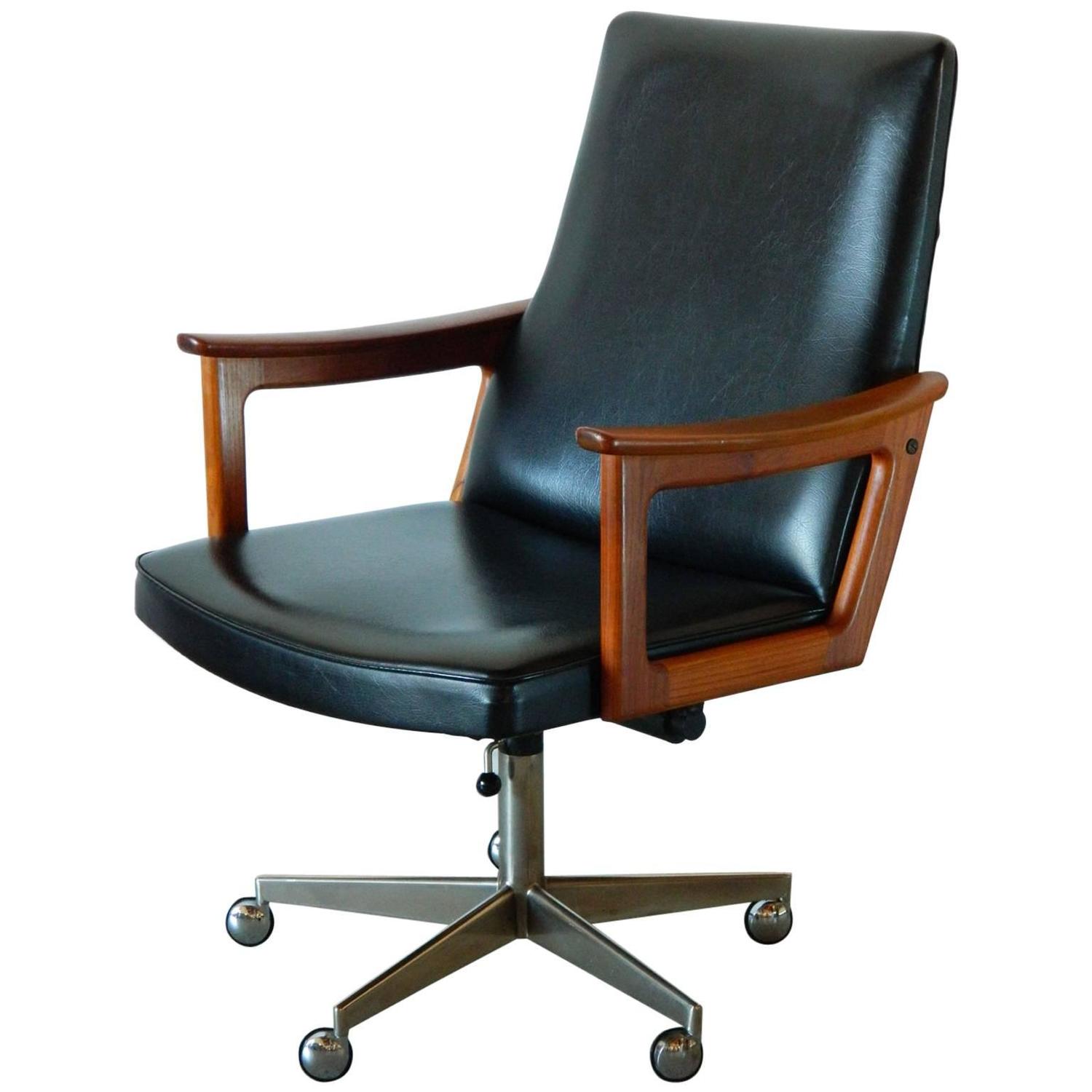Mid-Century Desk & Chair Design Evolution: Mid Century Desk And Chair

The mid-century modern era, roughly spanning from the 1950s to the 1970s, witnessed a remarkable evolution in furniture design, particularly in desks and chairs. This period saw a departure from ornate, traditional styles, embracing instead clean lines, functionalism, and innovative materials. The designs of this era reflect a post-war optimism and a focus on creating pieces that were both aesthetically pleasing and practical for modern living.
Mid century desk and chair – Mid-century modern desks and chairs are characterized by several key design features. Simplicity and functionality reigned supreme. Clean lines, often geometric in nature, replaced the elaborate curves and embellishments of earlier styles. The use of new materials, such as molded plywood, fiberglass, and plastics, allowed for innovative forms and mass production. A focus on ergonomics also emerged, with designers striving to create pieces that were comfortable and supportive for the user. The overall aesthetic was one of understated elegance, a sophisticated simplicity that continues to resonate today.
Iconic Mid-Century Desk and Chair Designs
Several iconic designs exemplify the period’s innovative spirit. The Eames Molded Plywood Chair, designed by Charles and Ray Eames in 1946, showcased the potential of molded plywood to create comfortable, yet lightweight and elegant seating. Its organic curves and simple form remain timeless. Eero Saarinen’s Tulip Chair and Table (1956) presented a futuristic vision, with a single pedestal base supporting both the seat and the tabletop, creating a sense of airy lightness. The Herman Miller Eames Desk, a versatile and adaptable design, reflects the period’s emphasis on functionality and clean lines. These designs, along with many others, continue to be highly sought after by collectors and design enthusiasts.
Evolution of Mid-Century Desk and Chair Styles: A Timeline, Mid century desk and chair
The evolution of mid-century desk and chair styles can be traced through several key shifts in materials, forms, and aesthetics.
| Decade | Notable Designer | Key Design Features | Representative Image Description |
|---|---|---|---|
| 1950s | Charles & Ray Eames | Molded plywood, organic curves, simple forms, focus on ergonomics. | Imagine a chair with gracefully curved plywood shell, supported by slender wire legs. The smooth, almost sculptural form is both comfortable and elegant, showcasing the potential of innovative materials. |
| 1960s | Eero Saarinen | Pedestal bases, futuristic forms, streamlined silhouettes, use of fiberglass and plastics. | Picture a chair with a single, elegantly sculpted pedestal base supporting a rounded seat. The chair’s sleek, modern form is both visually striking and surprisingly comfortable, reflecting the era’s embrace of technological advancements. |
| 1970s | Paul McCobb | Emphasis on functionality, minimalist aesthetics, use of natural wood and simple geometric forms. | Envision a desk made from light-colored wood with clean lines and simple geometric shapes. The desk’s minimalist design emphasizes functionality and practicality, reflecting a shift towards a more understated aesthetic. |
Design Philosophies of Mid-Century Designers
The design philosophies of Eero Saarinen, Charles and Ray Eames, and other prominent designers of the era differed in subtle yet significant ways. Saarinen, known for his sculptural forms and innovative use of materials, aimed to create furniture that was both beautiful and functional, often incorporating futuristic elements into his designs. The Eameses, on the other hand, emphasized ergonomics and mass production, striving to make high-quality design accessible to a wider audience. Their collaborative approach resulted in iconic pieces that are both timeless and practical. These contrasting approaches, yet with shared principles of simplicity and functionality, contributed to the rich diversity of mid-century modern furniture.
